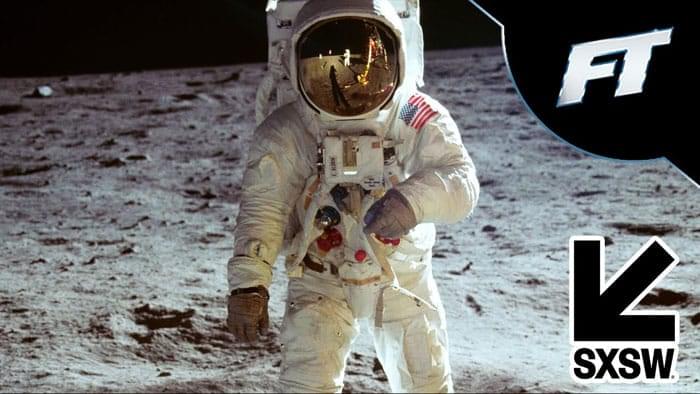
Shirley Temple may not have realized it, but her life was a study in breaking down barriers and erasing taboos. In her work as a child performer and in her adult years as a diplomat and corporate executive, she embodied a can-do optimism and an indefatigable spirit that, quite frankly, changed the world for the better.
The public first saw Shirley Temple as a child on the movie screen. Her talent was extraordinary, and she was blessed with the ability to star in a series of well-scripted, well-directed vehicles that fully showed off her considerable performance skills.
But there was more to the on-screen Shirley Temple than a bundle of cuteness bouncing beneath a pile of curls. Her film roles often placed her in difficult situations – in poverty, without parents, in the midst of domestic crises – but she managed to pull through without losing faith in herself and those around her. She cured the ills of her world with a blazing smile and a cheerful tune – she had no time for self-pity or blaming others, but she had the power and drive to achieve her goals. No less a figure than President Franklin D. Roosevelt commended her ability to inspire optimism and hope during a period of unprecedented economic chaos. After all, if Shirley Temple can come out of a difficult situation, then clearly the American people can roll up their sleeves and fight back against the Great Depression, right?
Shirley Temple also offered a giddy challenge to a nation that divided itself shamefully along racial barriers. By taking the hand of the great dancer Bill “Bojangles” Robinson and joining him in a series of joyful dance numbers, she provided a breathtaking concept of people from different backgrounds working in unison for a common good. It took the nation a few decades to catch up with the example that she and Robinson presented.
Shirley Temple’s career transition from childhood to young adulthood was not easy – but, then again, who truly makes the leap from being a kid to being a grown-up without breaking a sweat? Her talent did not diminish as she grew up – take a look at her fine work in such 1940s films as “Since You Went Away,” “The Bachelor and the Bobby-Soxer” and “Fort Apache” – but the problem was that Hollywood did not have the right roles to meet this new chapter of her life. She wisely withdrew from the big screen by 1950 and later became a welcome fixture on the small screen with “Shirley Temple’s Storybook” and a series of guest appearances on popular programs.
In her own way, Shirley Temple gave a courageous voice to women in the post-World War II years. Her marriage to the handsome soldier-turned-actor John Agar when she was 17 quickly deteriorated into a violent environment, and her divorce from Agar offered evidence that women did not need to stay trapped in an unhappy and often dangerous domestic setting. (Her second marriage, to military officer-turned-business executive Charles Alden Black, was a much happier experience.)
In a 1973 magazine interview, she broke a major taboo with a frank and in-depth discussion of her fight against breast cancer and her subsequent mastectomy. Prior to her interview, few women were willing to publicly discuss their struggles with this disease. Today, many people are unaware of her groundbreaking work in raising awareness of breast cancer, and the surplus amount of attention now being devoted to finding a cure can be traced, in large part, to her candor.
Shirley Temple reinvented herself again in the 1960s and 1970s by taking on new roles that few women had previously been able to enjoy. She served on the boards of major corporations and nonprofits, including the National Wildlife Federation and the Fireman’s Fund Insurance, making her among the first wave of women to be trusted with the significant responsibilities given to board directors. Buoyed by the political careers achieved by fellow Hollywood stars George Murphy and Ronald Reagan, she ran for Congress in 1967. While that race proved unsuccessful, it came at the dawn of the women’s movement and signaled to a new generation that a woman’s place was in the legislature.
She then transitioned to a distinguished career in diplomacy, serving on the United States delegation to the United Nations and later as the ambassador to Ghana and Czechoslovakia. She also served as the U.S. Chief of Protocol, the first woman to hold that State Department position. Throughout her diplomatic career, she was praised for being a sterling representative of American values and for her thoughtful work in bridging cultural chasms around the world.
Shirley Temple died on February 11 at the age of 85. Her films continue to entertain audiences, and her biography will certainly inspire those just now discovering her life. Look around our world today and you will see an abundance of positive changes that Shirley Temple helped to create.

